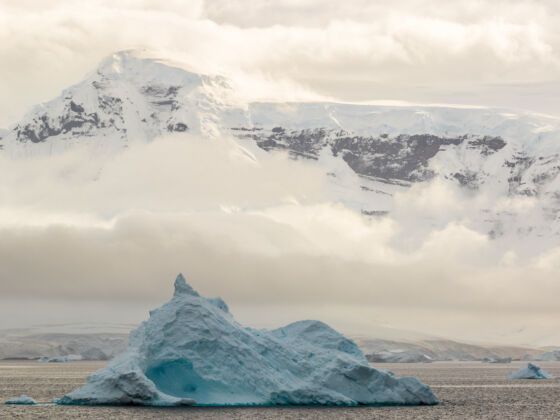ANTARCTICA’S LARSEN B, a 12,000 year-old ice shelf, is weakening and will disappear entirely by the end of the decade, according to a news report from NASA.
Ala Khazendar, the leader of this NASA study, explains that two thirds of Larsen B collpased in 2002 in less than 6 weeks. The remnants of this ice shelf are now melting and fragmenting very quickly and should break apart by 2020.
